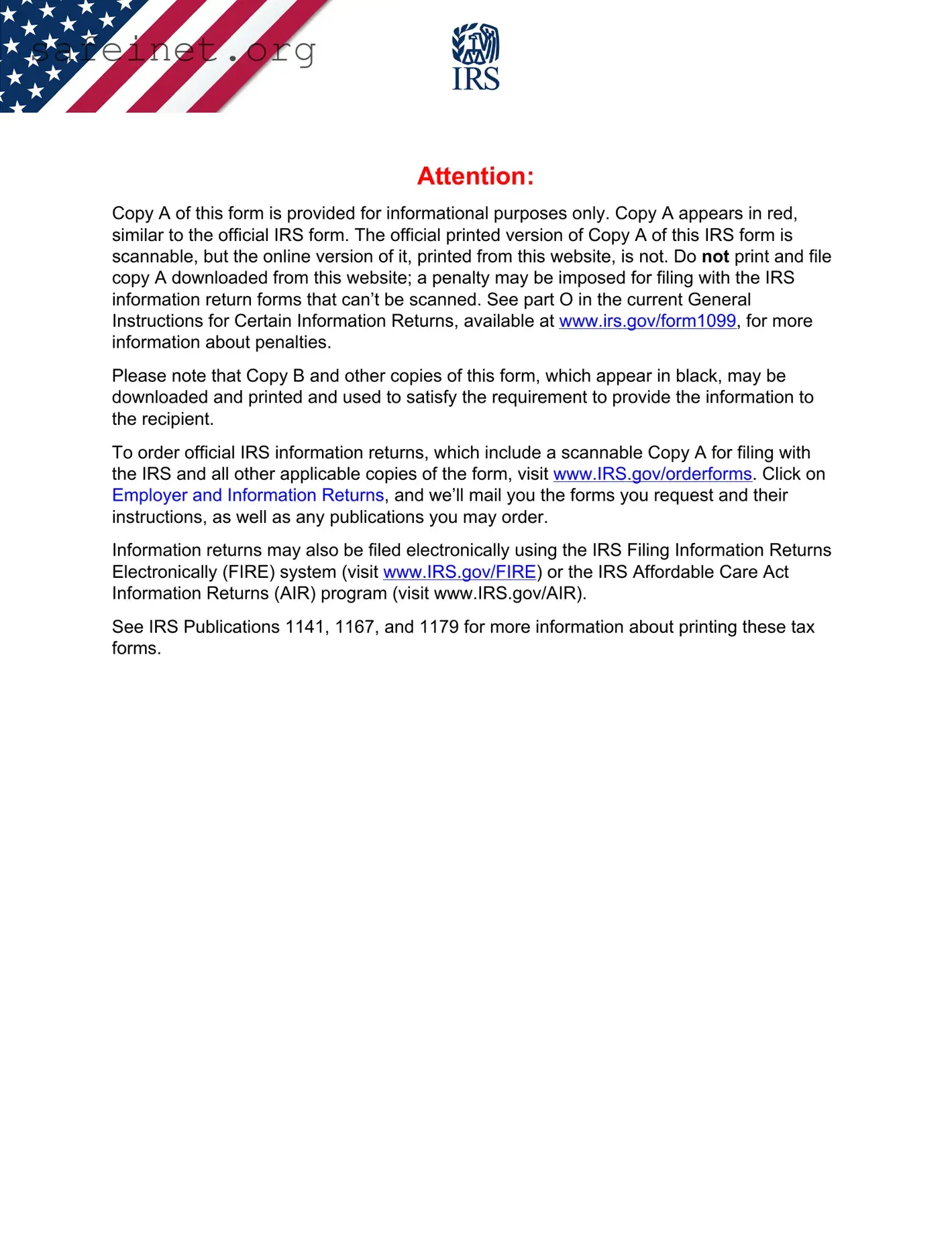Instructions for Recipient
Recipient’s taxpayer identification number (TIN). For your protection, this form may show only the last four digits of your TIN (SSN, ITIN, ATIN, or EIN). However, the issuer has reported your complete TIN to the IRS.
FATCA filing requirement. If the FATCA filing requirement box is checked, the payer is reporting on this Form 1099 to satisfy its account reporting requirement under chapter 4 of the Internal Revenue Code. You may also have a filing requirement. See the Instructions for Form 8938.
Account number. May show an account or other unique number the payer assigned to distinguish your account.
Box 1a. Shows total ordinary dividends that are taxable. Include this amount on the “Ordinary dividends” line of Form 1040 or 1040-SR. Also report it on Schedule B (Form 1040), if required.
Box 1b. Shows the portion of the amount in box 1a that may be eligible for reduced capital gains rates. See the Instructions for Forms 1040 and 1040-SR for how to determine this amount and where to report.
The amount shown may be dividends a corporation paid directly to you as a participant (or beneficiary of a participant) in an employee stock ownership plan (ESOP). Report it as a dividend on your Form 1040 or 1040-SR but treat it as a plan distribution, not as investment income, for any other purpose.
Box 2a. Shows total capital gain distributions from a regulated investment company (RIC) or real estate investment trust (REIT). See How To Report in the Instructions for Schedule D (Form 1040). But, if no amount is shown in boxes 2b, 2c, 2d, and 2f and your only capital gains and losses are capital gain distributions, you may be able to report the amounts shown in box 2a on your Form 1040 or 1040-SR rather than Schedule D. See the Instructions for Forms 1040 and 1040-SR.
Box 2b. Shows the portion of the amount in box 2a that is unrecaptured section 1250 gain from certain depreciable real property. See the Unrecaptured Section 1250 Gain Worksheet in the Instructions for Schedule D (Form 1040).
Box 2c. Shows the portion of the amount in box 2a that is section 1202 gain from certain small business stock that may be subject to an exclusion. See the Schedule D (Form 1040) instructions.
Box 2d. Shows the portion of the amount in box 2a that is 28% rate gain from sales or exchanges of collectibles. If required, use this amount when completing the 28% Rate Gain Worksheet in the Instructions for Schedule D (Form 1040).
Box 2e. Shows the portion of the amount in box 1a that is section 897 gain attributable to disposition of U.S. real property interests (USRPI).
Box 2f. Shows the portion of the amount in box 2a that is section 897 gain attributable to disposition of USRPI.
Note: Boxes 2e and 2f apply only to foreign persons and entities whose income maintains its character when passed through or distributed to its direct or indirect foreign owners or beneficiaries. It is generally treated as effectively connected to a trade or business within the United States. See the instructions for your tax return.
Box 3. Shows a return of capital. To the extent of your cost (or other basis) in the stock, the distribution reduces your basis and is not taxable. Any amount received in excess of your basis is taxable to you as capital gain. See Pub. 550.
Box 4. Shows backup withholding. A payer must backup withhold on certain payments if you did not give your TIN to the payer. See Form W-9 for information on backup withholding. Include this amount on your income tax return as tax withheld.
Box 5. Shows the portion of the amount in box 1a that may be eligible for the 20% qualified business income deduction under section 199A. See the instructions for Form 8995 and Form 8995-A.
Box 6. Shows your share of expenses of a nonpublicly offered RIC, generally a nonpublicly offered mutual fund. This amount is included in box 1a.
Box 7. Shows the foreign tax that you may be able to claim as a deduction or a credit on Form 1040 or 1040-SR. See the Instructions for Forms 1040 and 1040- SR.
Box 8. This box should be left blank if a RIC reported the foreign tax shown in box 7.
Boxes 9 and 10. Show cash and noncash liquidation distributions.
Box 11. Shows exempt-interest dividends from a mutual fund or other RIC paid to you during the calendar year. See the Instructions for Forms 1040 and 1040- SR for where to report. This amount may be subject to backup withholding. See Box 4 above.
Box 12. Shows exempt-interest dividends subject to the alternative minimum tax. This amount is included in box 11. See the Instructions for Form 6251.
Boxes 13–15. State income tax withheld reporting boxes.
Nominees. If this form includes amounts belonging to another person, you are considered a nominee recipient. You must file Form 1099-DIV (with a Form 1096) with the IRS for each of the other owners to show their share of the income, and you must furnish a Form 1099-DIV to each. A spouse is not required to file a nominee return to show amounts owned by the other spouse. See the 2021 General Instructions for Certain Information Returns.






 CORRECTED (if checked)
CORRECTED (if checked)
